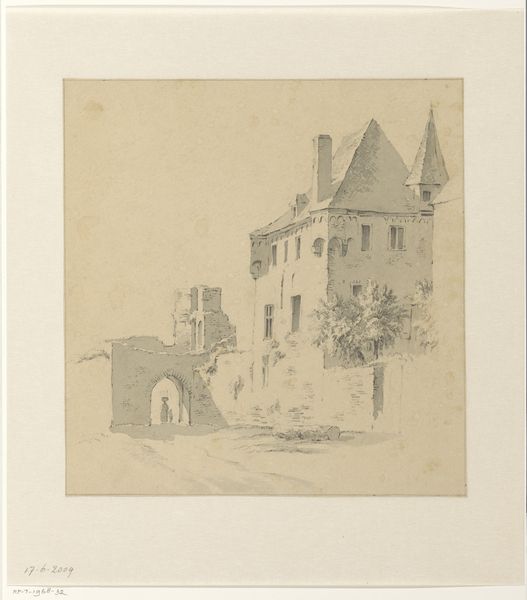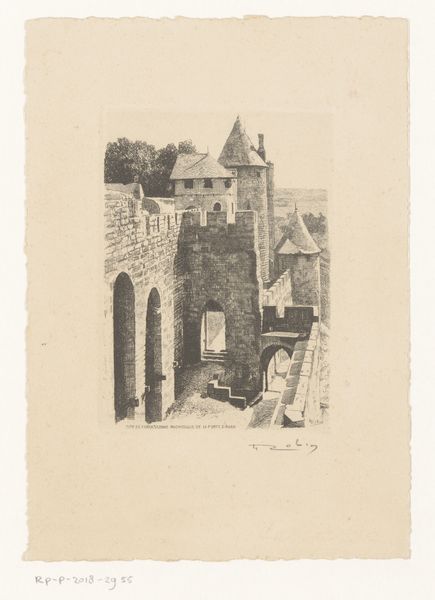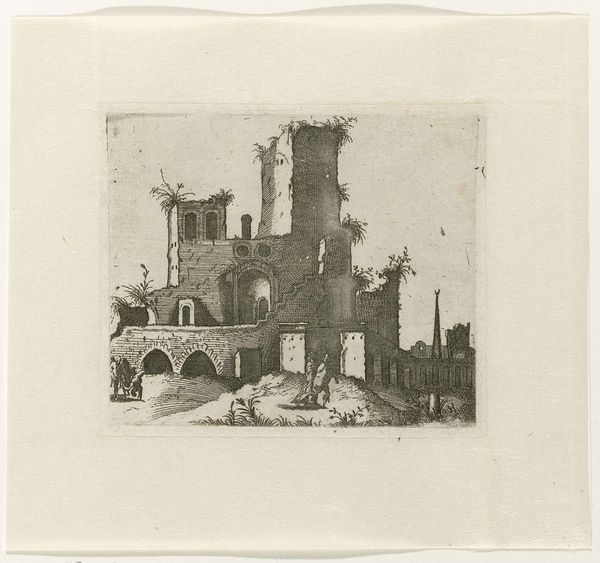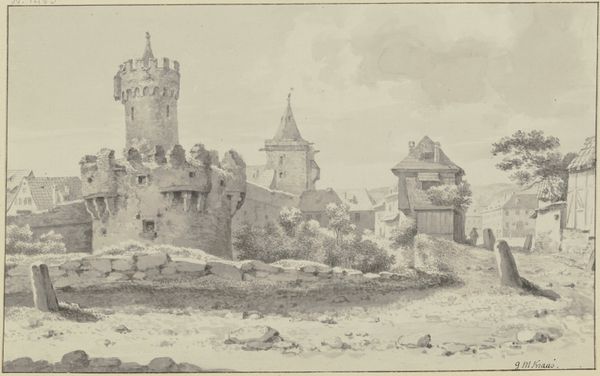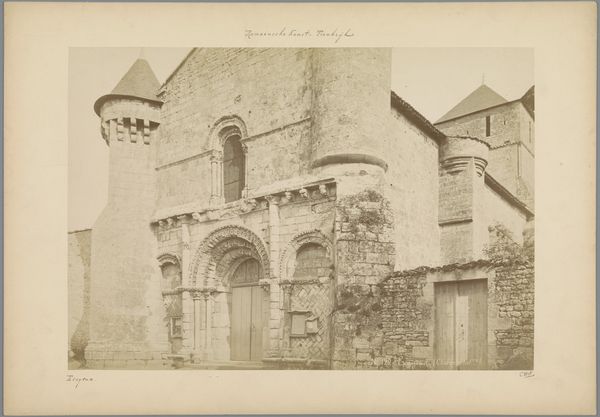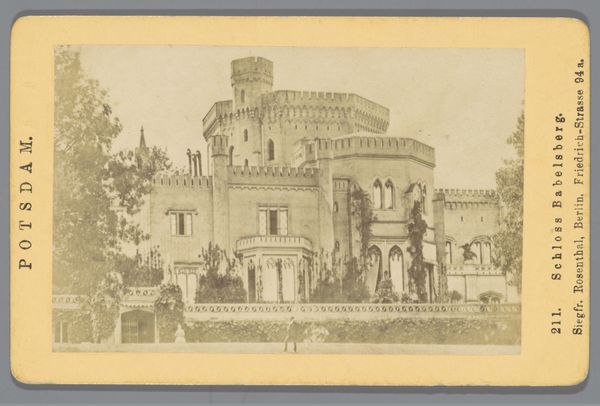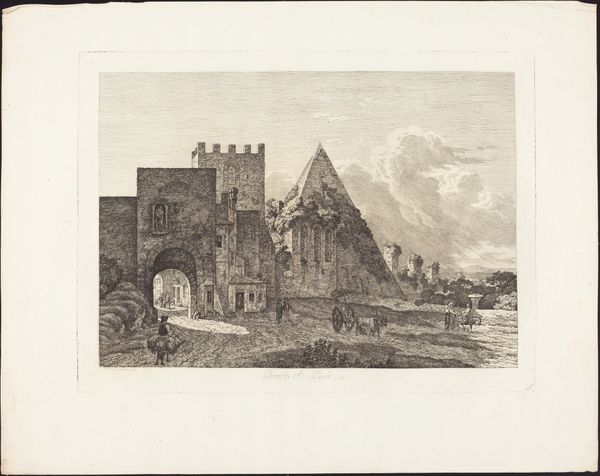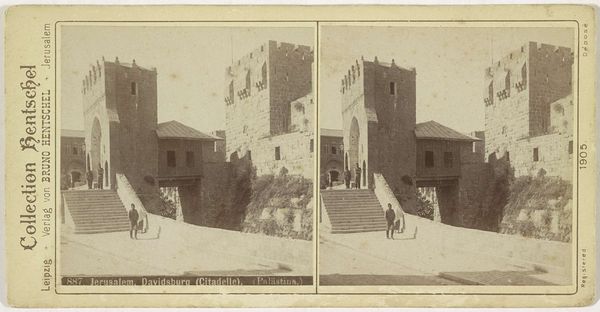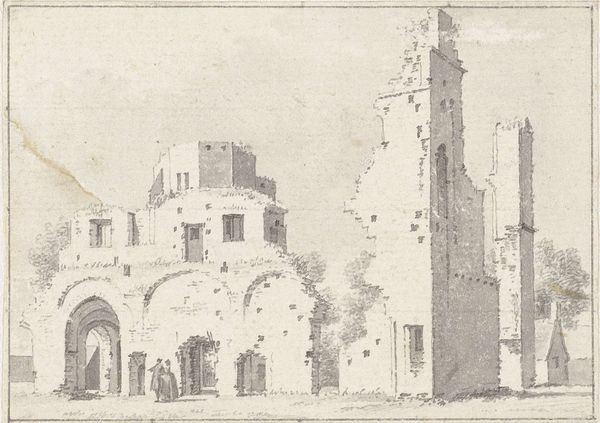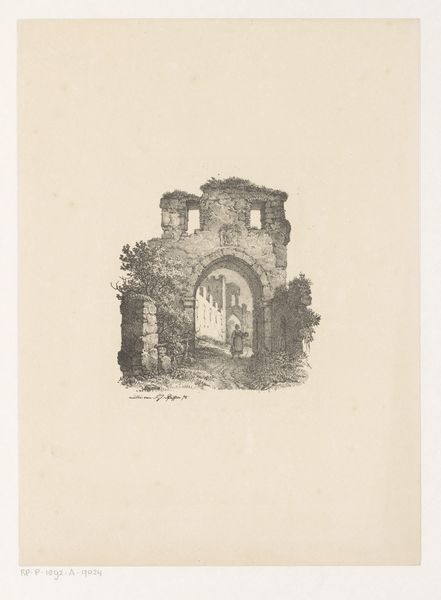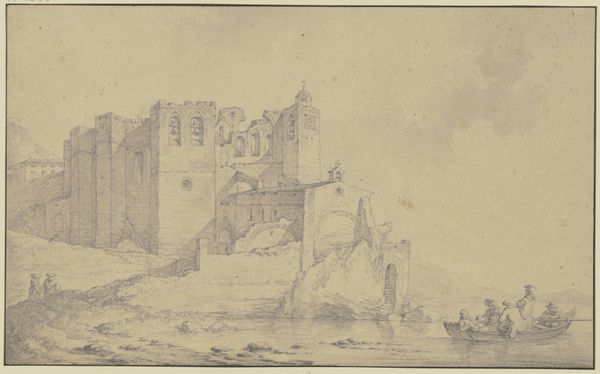
painting, watercolor
#
painting
#
landscape
#
watercolor
#
romanticism
#
cityscape
#
watercolour illustration
#
history-painting
#
realism
Dimensions: height 413 mm, width 611 mm
Copyright: Rijks Museum: Open Domain
Josephus Augustus Knip made this watercolor of the Porta San Paolo and the Pyramid of Cestius in Rome. Painted in the early nineteenth century, it shows Rome as a site of layered histories. This image creates meaning through its combination of visual codes, cultural references, and historical associations. Knip was Dutch, but he spent much of his career in France and Italy. This work reflects the fascination with the past among Northern European artists working in Italy during the Neoclassical period. The image brings together two ancient monuments. The Porta San Paolo was a gate in the Aurelian Walls, built in the third century CE, while the Pyramid of Cestius is an ancient Roman tomb built around 18-12 BCE. In this way, Knip's watercolor presents a conservative vision of the Roman landscape, one in which its ancient monuments, mediated through the conventions of the picturesque, provide an image of continuity with an imperial past. Art historians use a wide range of research resources to understand how artworks reflect the social conditions of their time. These include archival documents, period publications, and contemporary critical debates. This art provides us a window into the social and institutional contexts in which it was made.
Comments
rijksmuseum about 2 years ago
⋮
The Porta San Paolo lies on the south side of the ancient city. Knip drew the gate from the city side. That one of the two passages was bricked up in Knip’s time is clearly visible. The structure at the right is the Pyramid of Cestius, a tomb built for Gaius Cestius, a Roman magistrate who held various high positions and died in 12 BC.
Join the conversation
Join millions of artists and users on Artera today and experience the ultimate creative platform.
